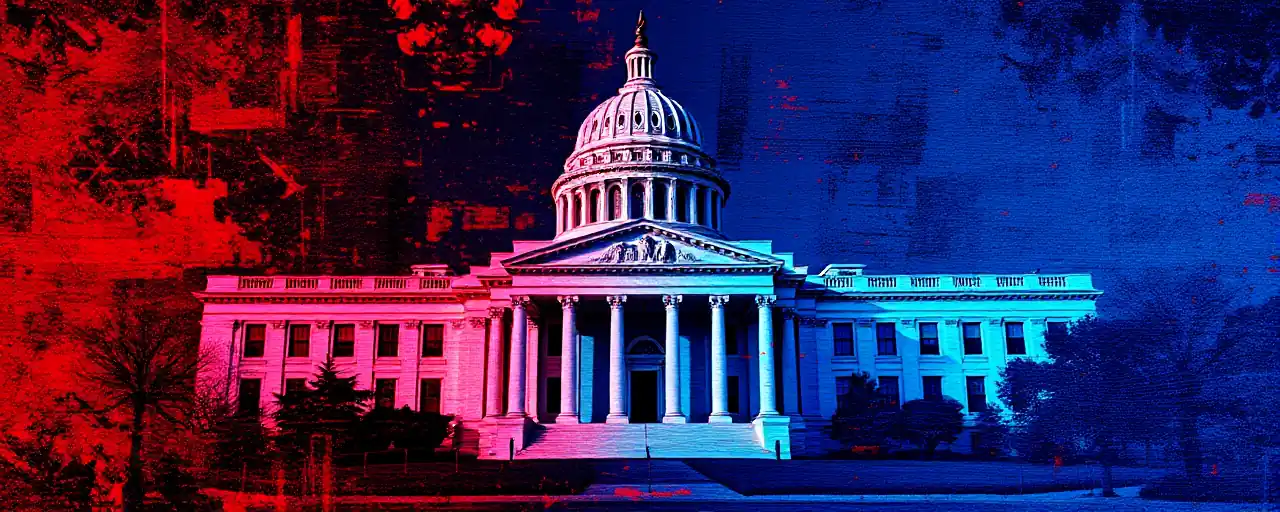A Surprising Recovery Effort
The U.S. Department of Labor has pulled off a rare feat, clawing back $1.4 billion in unused COVID-era funds originally meant to cushion the blow of unemployment during the pandemic. Announced on March 31, 2025, by Secretary Lori Chavez-DeRemer, this move channels the money back into the U.S. Treasury’s General Fund, offering a tangible win for taxpayers. With another $2.9 billion still in the crosshairs, the effort signals a renewed push to tidy up the financial loose ends of a crisis that reshaped the nation’s economy.
This isn’t just bureaucratic housekeeping. The funds, totaling $4.3 billion, stem from the 2020 Coronavirus Aid, Relief, and Economic Security Act, a lifeline thrown to states to expand unemployment insurance when businesses shuttered and jobs vanished. Yet, years after the program wound down in 2021, questions linger about why so much cash sat idle, and what its return reveals about government oversight in times of chaos.
Uncovering the Excess
A 2023 audit by the Labor Department’s Office of Inspector General laid bare the issue. Four states had tapped over $100 million of these funds despite failing to meet program requirements, a finding that sparked outrage and action. Deputy Secretary Keith Sonderling called it unacceptable that billions remained unchecked long after the need subsided. The Temporary Full Federal Funding program, designed to cover the first week of unemployment claims, had clear rules, but enforcement lagged, leaving room for misuse.
This wasn’t an isolated slip. The pandemic unleashed a flood of relief money, with the CARES Act alone pumping $5 trillion into the economy. Oversight bodies like the Special Inspector General for Pandemic Recovery have since uncovered widespread fraud and waste, from fake unemployment claims to misspent state grants. The Labor Department’s latest move reflects a broader effort to reclaim what’s left and restore trust in how taxpayer dollars are handled.
The Bigger Picture: Fraud and Finances
Beyond the headlines, the recovery ties into a messy saga of pandemic spending. Unemployment insurance fraud exploded during the crisis, with estimates of stolen funds ranging from $100 billion to $400 billion. Federal prosecutors have charged over 2,000 people since 2020, recovering $1.1 billion so far, but the scale of the problem dwarfs these gains. States are tightening eligibility rules and partnering with banks to catch culprits, yet the sheer volume of claims, often filed with stolen identities, keeps investigators scrambling.
Meanwhile, state budgets are feeling the comedown. After years of revenue surpluses fueled by federal aid and economic rebounds, fiscal 2025 projections show a 6% drop in general fund spending nationwide. States like California face deficits, slashing education budgets to cope. The return of $1.4 billion might ease federal pressures, but it’s a drop in the bucket compared to the $416 billion in surpluses states racked up from 2020 to 2023, much of which funded one-off projects rather than long-term stability.
Voices on Both Sides
Not everyone sees this as a clean victory. Advocates for robust safety nets argue the funds could have bolstered struggling workers still reeling from pandemic fallout, pointing to persistent job market gaps in some regions. They question whether clawing back money now overlooks those who might still qualify under broader interpretations of need. On the flip side, proponents of fiscal discipline cheer the move, insisting that unspent funds signal inefficiency or outright abuse, especially when programs officially closed years ago.
State and local leaders, tasked with managing $350 billion from the American Rescue Plan, face their own deadlines. Nearly $100 billion remains unspent, with rules requiring allocation by year-end 2025. Some officials cite planning hurdles, arguing temporary funds don’t easily fit long-term goals like infrastructure. Others admit the national emergency’s end dulled the urgency, leaving cash on the table as oversight ramps up.
Lessons From the Chaos
The $1.4 billion haul underscores a hard truth: emergency spending moves fast, but accountability trails behind. Audits, a cornerstone of federal oversight, have sharpened since 2020. Single audits now target entities handling $1 million or more in aid, up from $750,000, while groups like the Pandemic Response Accountability Committee track every dollar. Still, the pandemic exposed cracks, rushed rollouts and lax checks let fraud flourish, a lesson echoed in the Labor Department’s findings.
Looking back, the CARES Act and its successors transformed state finances, staving off collapse when tax revenues tanked. Yet, the windfall also bred complacency in some corners, with unspent billions highlighting gaps in execution. As the government digs out from this financial free-for-all, the push to recover funds offers a chance to refine how aid flows in the next crisis, balancing speed with scrutiny.
What’s Next for Your Money
For now, taxpayers can take a breath, $1.4 billion is back in the public coffers, with more potentially on the way. The Labor Department’s pledge to chase down the remaining $2.9 billion keeps the spotlight on accountability, a signal that pandemic-era leniency is giving way to tighter reins. Whether this translates to tax relief or new spending remains unclear, the Treasury’s General Fund isn’t earmarked for specific handouts.
The real impact hits closer to home. States juggling leaner budgets might feel the pinch if federal recovery efforts sap flexibility elsewhere. Workers, taxpayers, and policymakers alike are left sifting through the aftermath, weighing the cost of waste against the value of a safety net stretched thin. One thing’s certain: the bill for the pandemic is still coming due, and every dollar counts.
